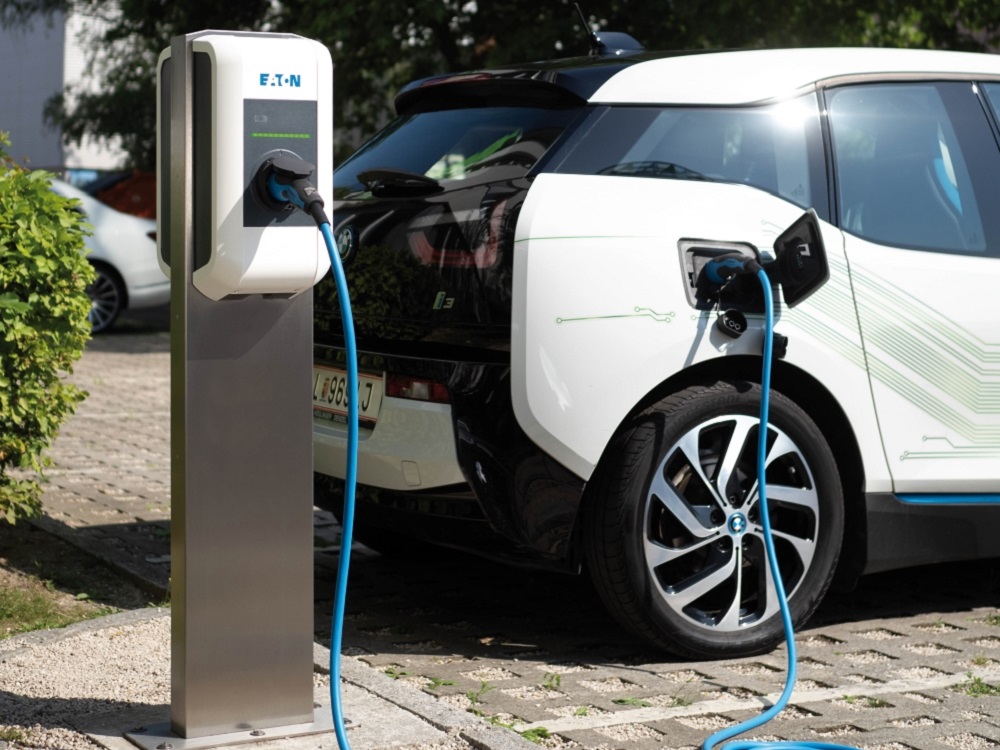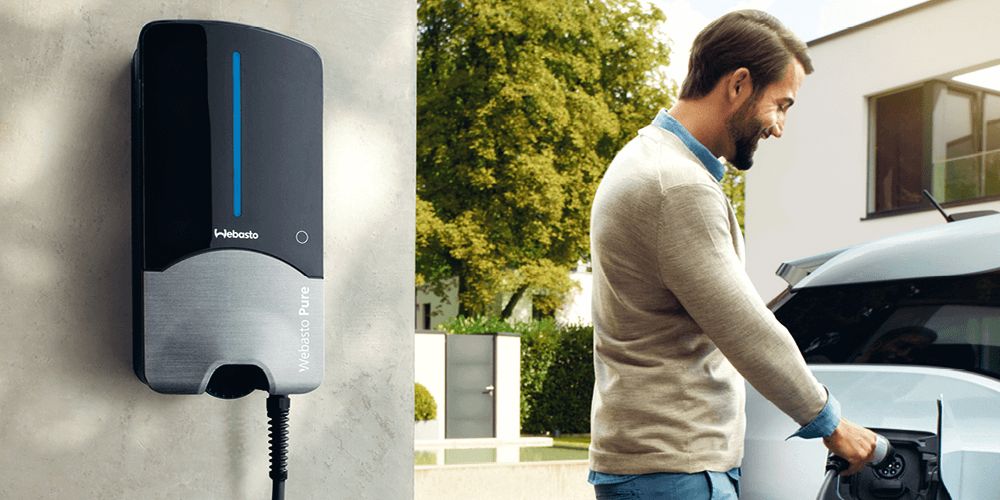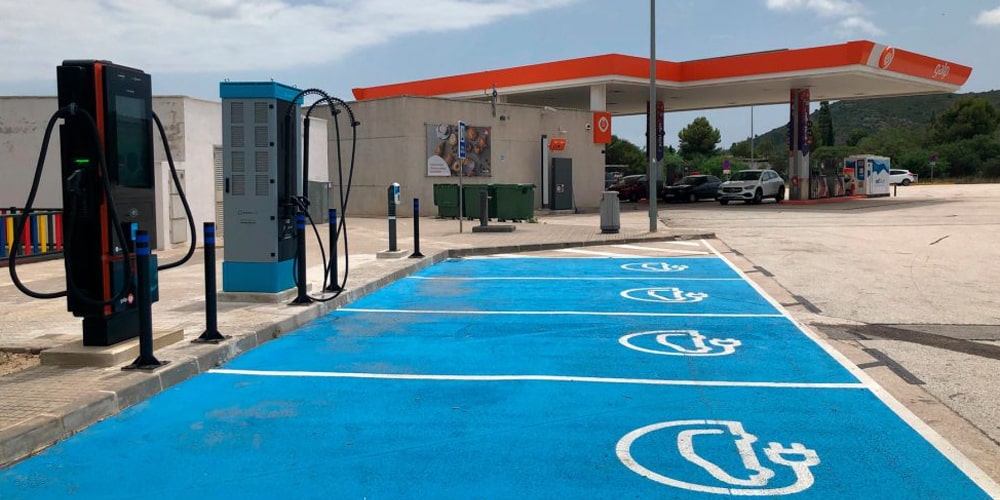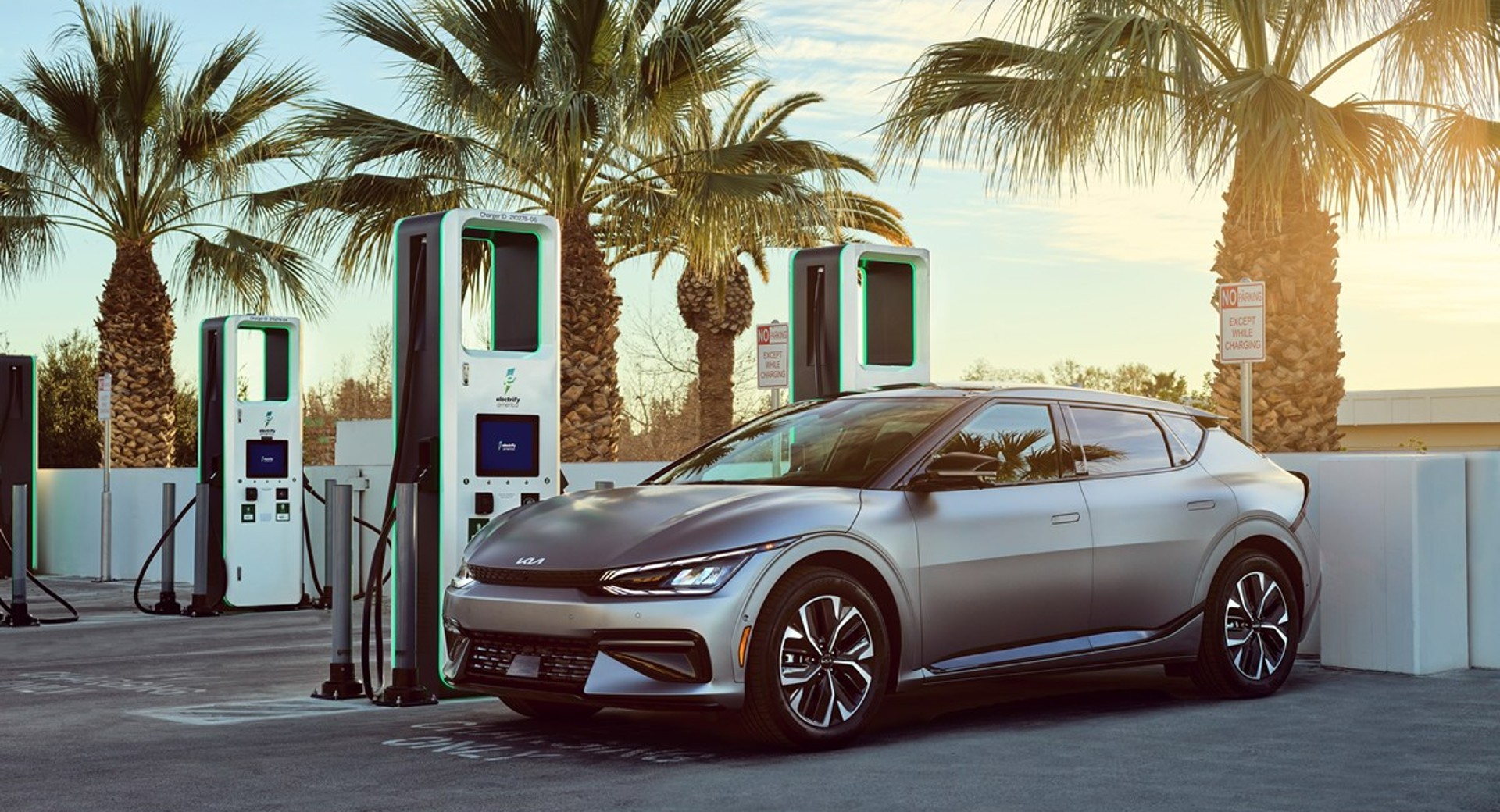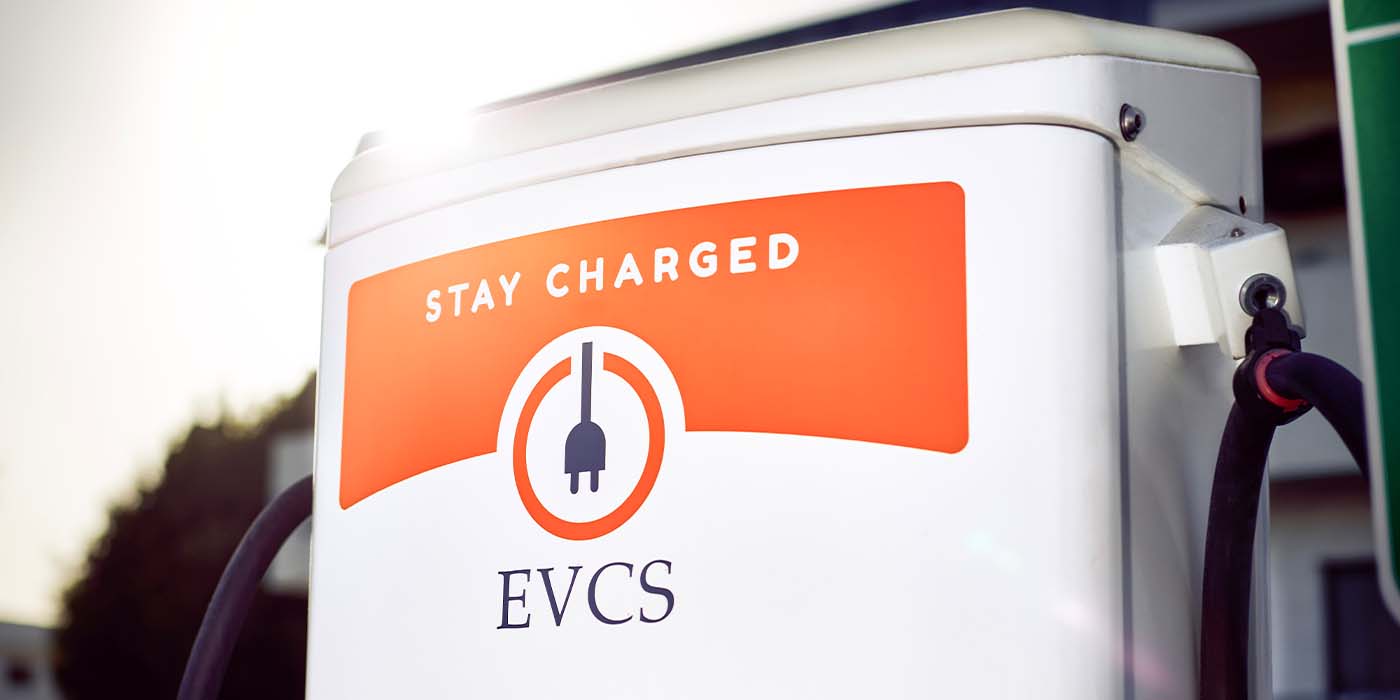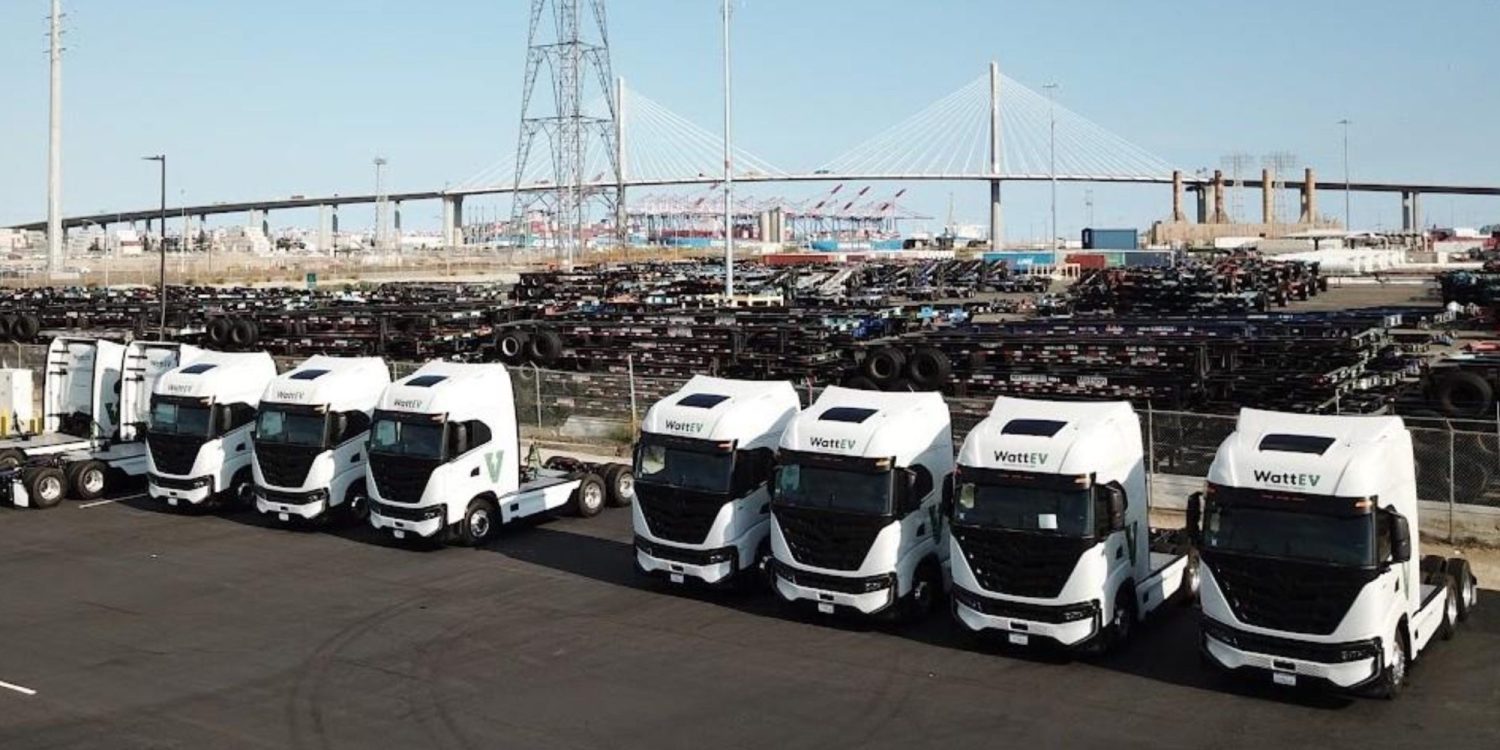In a move aimed at promoting interoperability and open standards in the electric vehicle (EV) charging sector, Eaton, an Electric Vehicle Supply Equipment (EVSE) manufacturer, has officially announced its decision to incorporate Tesla’s North American Charging Standard (NACS) connector option into its Green Motion EV chargers.
As the industry transitions from the Combined Charging System (CCS1)/SAE J1772 charging plugs to NACS, Eaton’s inclusion of the NACS charging connector option for new chargers, scheduled to begin in 2024, signals the company’s commitment to facilitating EV charging infrastructure across North America. Furthermore, Eaton plans to offer NACS retrofit options for its existing installed AC Level 2 units, demonstrating a forward-looking approach to accommodate future charging requirements.
See also: ChargePoint Joins Ranks of Major Charging Companies by Adopting Tesla’s NACS Connector
Irene Lam, Vice President of Innovation and Technology for Eaton’s Electrical Sector Americas region, underscored the importance of adhering to open standards, stating, “The future is electric, and charging infrastructure everywhere needs to be predictable, reliable, and affordable. Aligning with open standards is a must, and Eaton has a strong track record here. We’re delivering breakout capabilities in EV hardware and software that adhere to open standards, enabling infrastructure that’s scalable and built to last.”
Presently, Eaton provides a range of EV charging solutions, including DC fast chargers ranging from 50 to 150 kilowatts and a diverse lineup of AC Level 2 charging points. By incorporating the NACS connector option, the company seeks to stay at the forefront of developments in the rapidly evolving EV charging landscape.
See also: SK Signet to Incorporate Tesla’s NACS Charging Connector in Entire Line-Up of EV Fast Chargers
While SAE International works towards standardizing the Tesla-developed charging connector, EVSE manufacturers are currently relying on direct agreements with Tesla and materials provided by the company during the interim period. This has prompted a series of announcements from manufacturers as they prepare for the expected broader deployment of NACS-compatible infrastructure in the coming year, ahead of the anticipated arrival of NACS-compatible, non-Tesla vehicles in 2025.
Throughout the transition period, which is expected to span several years, it is likely that new fast chargers will incorporate dual-head configurations, allowing for both CCS1 and NACS plugs. This approach ensures continued support for existing CCS1-compatible electric vehicles and promotes a seamless shift to the new standard.

